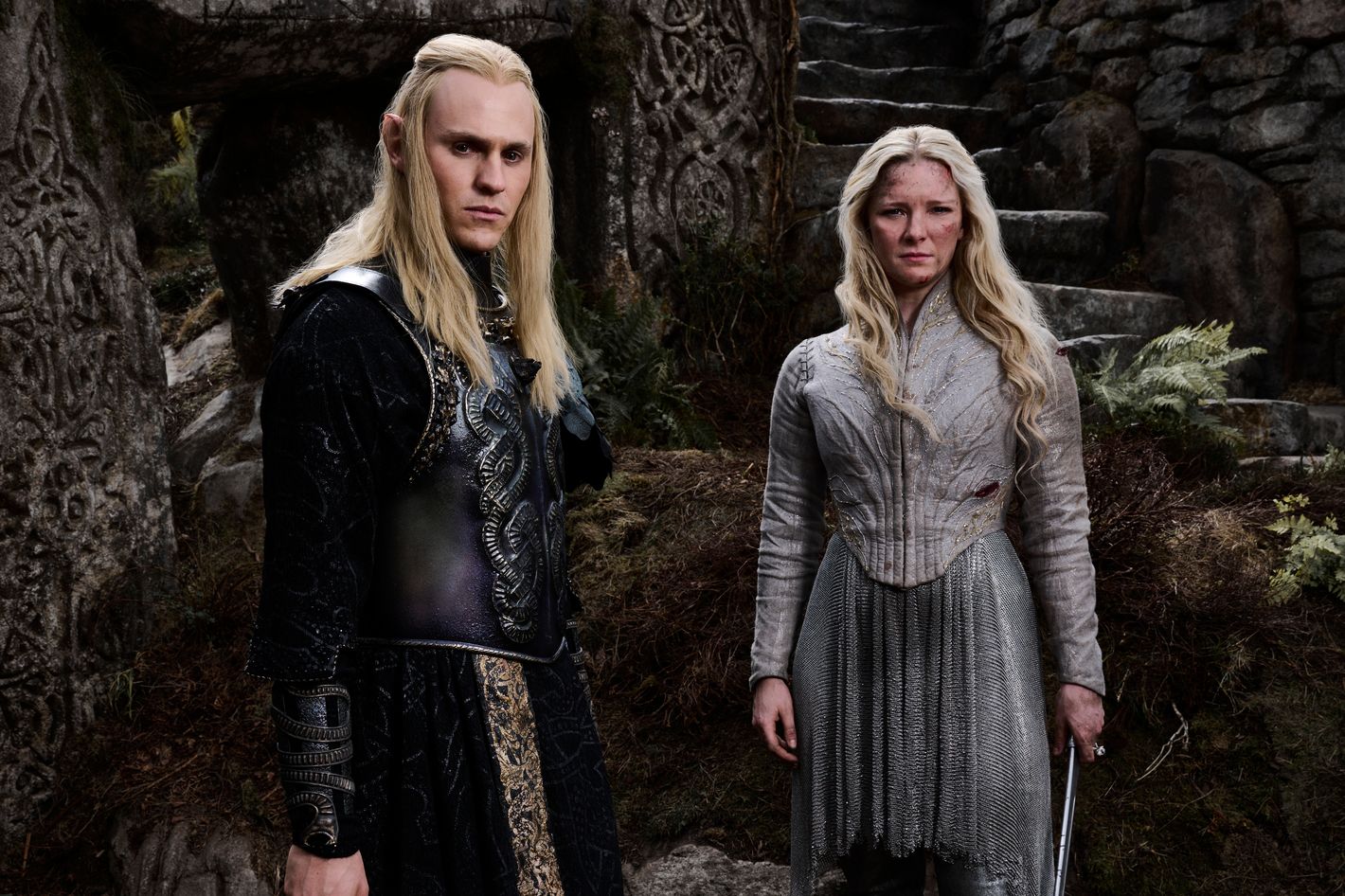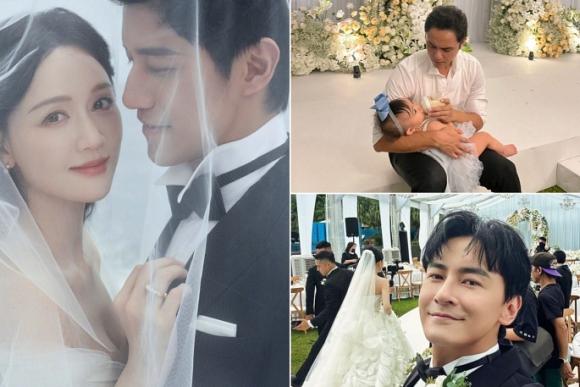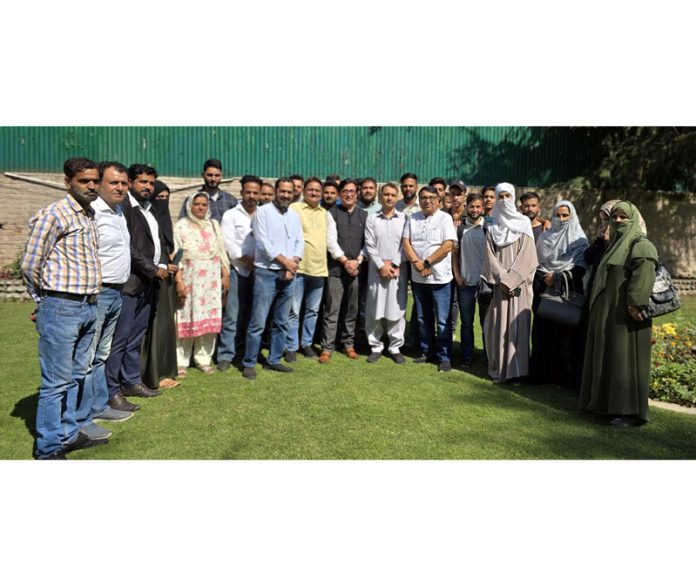Two seasons into Amazon’s splashy multi-hundred-million dollar investment in The Rings of Power , it’s hard to find a scene that subverts expectation. That too-good-to-be-true, Aragorn-esque Halbrand who was helping Galadriel in season one? Yeah, that was Sauron in disguise. Those settlements in the Southlands you’d have trouble placing on a map of later Middle Earth? Yeah, those get turned into Mordor.
The “Stranger” who fell to the ground with no sense of his identity among a band of pre-Hobbit figures? Well, by the time season two starts the show is still playing coy about his identity, though a transformation into a wizard you know from Tolkien’s fantasy epics is all but inevitable. The Rings of Power is governed by an overwhelming sense of predestination. Charitably, that’s an intended quality of the series.

The show, extrapolated from the appendices of The Lord of the Rings by creators Patrick McKay and J.D. Payne , tracks the rise of the Dark Lord Sauron and the last alliance of elves and men at the end of the Second Age of Middle Earth.
Even if you don’t understand all those proper nouns, you probably sense that there’s a large amount of box ticking involved: We have to get to know Sauron, we have to learn how he deceived the elves, we have to see the forging of the titular Rings of Power, we have to establish the current circumstances of all those elves and men. (And, because you can’t have a Lord of the Rings property without familiar halfling characters, we also check in on those pre-Hobbits known as Harfoots.) McKay and Payne are thoroughly immersed in all of Tolkein’s lore, and you can get a not-insignificant amount of enjoyment out of watching them figure out how to weave the large-scale picture of the series together.
They have, for instance, forged a clever link between the universe’s precious metal Mithril, the history of the jewels known as the Silmarils (they’re the subject of The Silmarillion , a collection of lore to which Amazon, amusingly, does not have the rights and must only reference vaguely), and the rapacious greed that led to the collapse of the dwarves. But given how much of the plot of this show is apparent from the get-go, McKay and Payne are also guilty of playing narrative shell games with their main characters to stall for time. The first season launched with a bang of visual pizazz and exciting large-cast ambition, but the engine stalled quickly.
The show got diminishing returns, for instance, from hiding the fact that Charlie Vickers’s Halbrand was Sauron past the point where the twist became apparent. In the the second season, Sauron returns in the disguise of the elven Annatar “lord of gifts” in a frankly terrible wig. Vickers, as a performer, is slyly compelling, like a caged weasel, but the show’s plotting relies on Frasier -esque extenuating circumstances in order to make sure he goes unrecognized by elves who would know better.
At a thousand-foot distance, The Rings of Power has the makings of a gripping adventure epic. At the level of individual scenes, the show tends to be cautious and programmatic. Rarely is any character funny.
The dwarves get the closest, in scenes where Owain Arthur’s Prince Durin razzes Robert Aramayo’s suitably Niles-esque Elrond (sorry for all the Frasier references) — but the dialogue veers florid and leaden. That’s all in keeping with the nature of Tolkien’s own prose, and potentially an unfortunate byproduct of a story that focuses, more so than other Tolkien adaptations, heavily on near-immortal beings. But considering the achievement that is Peter Jackson’s monumental film trilogy, we know it’s possible to inject wit and whimsy into this universe in a way that doesn’t subtract from but in fact adds to the grandeur of the scene.
The best moments in those films use the small and weird gestures — Pippin goofily knocking over a skull in Moria, or Denethor crunching on a tomato — as avenues into the eldritch or grandly tragic: the arrival of the Balrog, or Gondor’s doomed stand in Osgiliath. Samwise Gamgee’s speech about goodness at the end of The Two Towers only lands with its force because you also know he’s a guy who loves “po-tay-toes.” In a season two episode, Rings of Power cribs that exact speech over a montage device.
But without character detail — the Harfoots get some of the show’s most generic writing — the gesture is empty. The Rings of Power gets stuck in narrative wide shots. There are moments of grandeur that satisfy a certain geekiness: The sight of the Elves’ tree shining bright in imitation of the light of Valinor stands out early in season two — even if, like many such moments, it’s over-juiced by Bear McCrearey’s sweeping but insistent score .
This is a show that longs for even the hackiest lines to leaven its self-seriousness, something along the lines of: Wow, crazy tree you got there . And so Amazon’s series invites unfavorable comparison to its darker, dirtier sibling prequel, HBO’s House of the Dragon , which toils under similar constrictions of inevitability but has found ways to make its characters surprising within known history. George R.
R. Martin’s work is itself a rough-and-tumble counter to Tolkien, and The Rings of Power shouldn’t do away with its high-mindedness and insert an orgy or anything. But in terms of televisual storytelling, there are lessons to be learned in the way House of the Dragon and Game of Thrones (especially early Thrones ) trusted their actors with play-like two-hander character scenes that enriched and, in fact, reinforced the fantasy world building.
Morfydd Clark and Vickers have a dangerous and sparky dynamic as Galadriel and Sauron, but rarely do they get to jam out with each other in the way Olivia Cooke and Emma D’Arcy do in Westeros. (Let Sauron put on a nun habit and try to seduce the elves’ most chaotic warrior!) Instead, so much of Rings of Power ’s dialogue is functional and expository. Tolkien’s works are full of metaphor and lore, songs sung by campfires and stories told by way of references to other epics.
He invented this world because he loved languages; Rings of Power ’s “Mithril production up 30 percent, let’s hope we don’t make the mountain mad;” “hahaha of course I’m not Sauron, look at my beautiful blond hair;” “oh boy I hope nobody tampered with my secret ring-making process” directness sells that short, How do these characters imagine themselves in the lineage of Middle Earth’s myths and legends? As hard as I’m being on The Rings of Power , the second season does improve as it progresses. While Amazon would prefer this review to leave out the specifics, suffice it to say that the plots all thread toward a big confrontation that gives some formerly isolated characters the chance to cross paths. The show’s budget gets funneled into big spectacle, including battle scenes and a cleverly choreographed duel between Galadriel and Sauron.
But old habits die hard, and The Rings of Power can’t shake its addiction to ponderous speechifying and thuddingly self-evident character reveals (one made me put my head in my hands as I watched). The frustration with those, aside from the obvious, is the space they take up in a show that has so much universe to explore. Middle Earth could be a sandbox of oddity and legend: I have so many questions about daily life in the Atlantis-esque Númenor (could we spend some time in the fish markets? Is there a local community theater scene? Petty court drama?) that get swept aside in a rote usurpation plot.
The Rings of Power is dutiful and familiar, lacking texture and imagination. Its tragedy is similar to the downfall of one of its main characters: the Elf craftsman Celebrimbor, who, in the show’s telling, is making the Rings of Power with Mithril to conjure a luster like the light of the Silmarils, which in turn contain something of the light of the elf homeland of Valinor. That’s like a reflection of another reflection, a photocopy of a photocopy, a work so contingent on re-creation it has little originality — a task so recursive it’s cursed from the start.
.



















